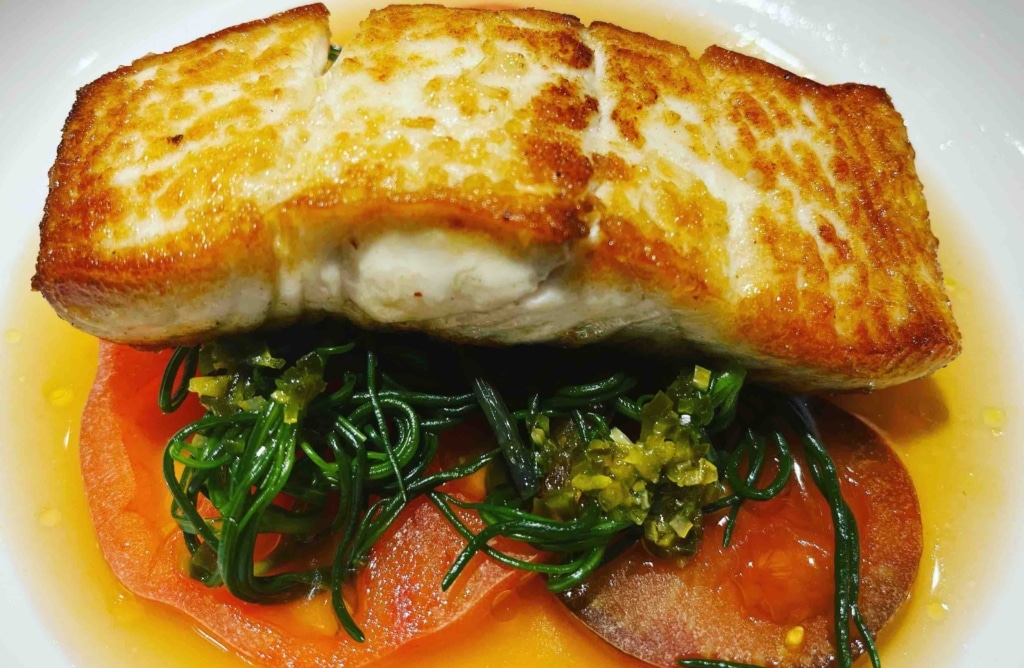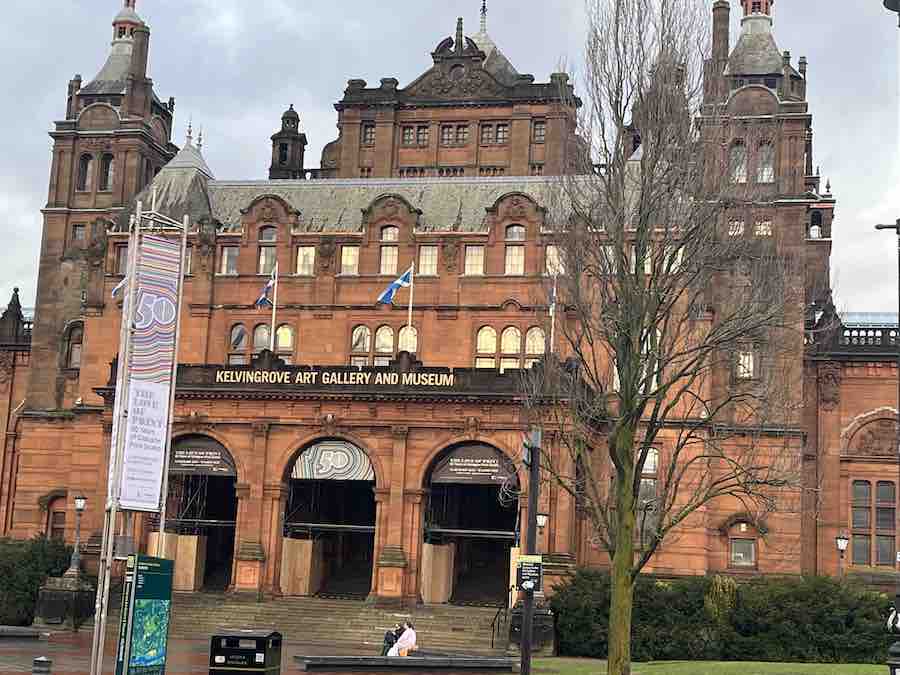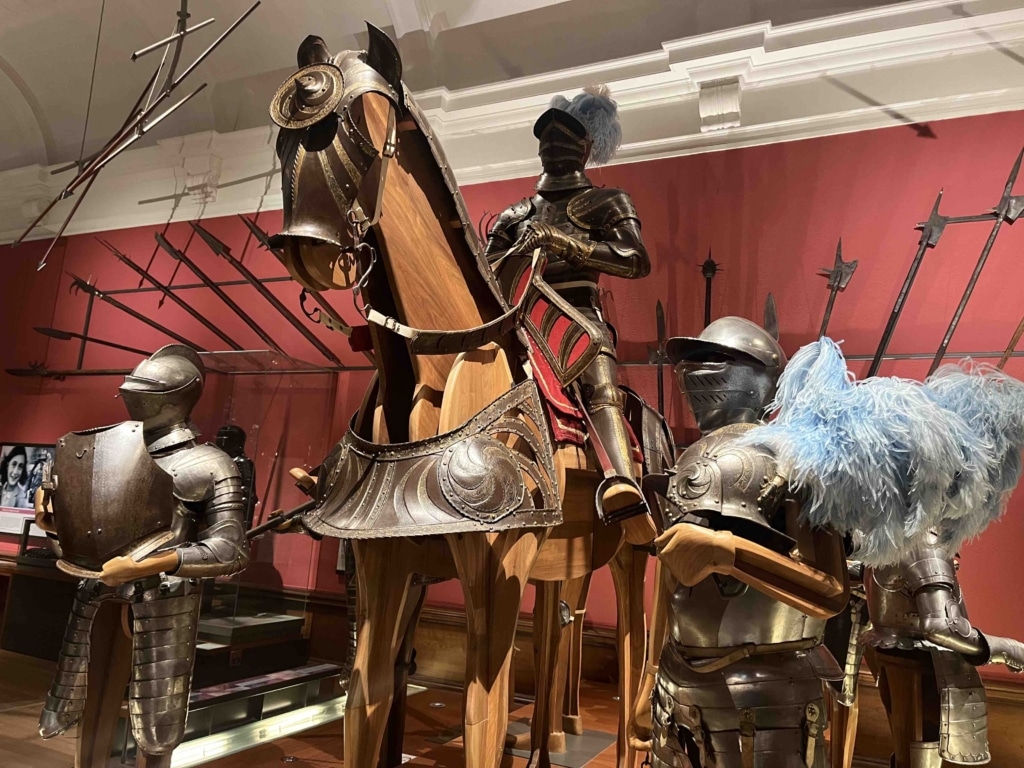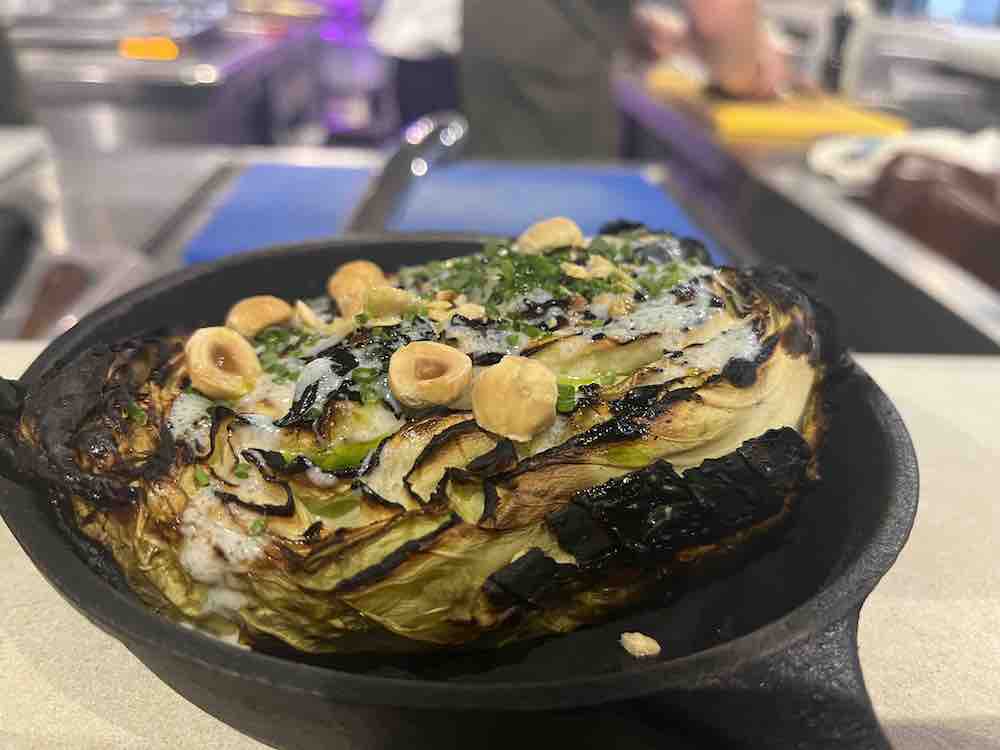Spoiler alert. Ancoats is so last year. Not demonstrably, so but Manchester’s coolest ‘hood is yielding fewer food and drink surprises. The action has moved elsewhere. In contrasting directions. A new wave of indie chefs is bravely fermenting away in other corners of the city centre and further afield. The emphasis is understandably casual. Their rivals for attention, a flurry of gigantic food hall projects, arguably takes casual to a frenetically ridiculous level.
Certainly the ‘golden goose’ seems to be laying its commercial eggs everywhere. That metaphor came to me in response to a puff for the latest project rolling out its CGIs for our delectation – Kargo at Salford Quays. “Blend Family is adept at building new, unique food hall experiences, intricately engineered to become community hubs. With a mix of design and culinary excellence, Blend Family, in partnership with Quayside MediaCity, will showcase the best in up-and-coming food and drink talent, hand chosen and incubated to bring the best in world food under one roof.”
That’s not to diss the street food credentials of Blend, who operate the Cutlery Works in Sheffield (here’s my report) and also GPO in Liverpool, which prompted Guardian reviewer Grace Dent to opine: “I need to ask a very honest question here: are food halls ever a truly satisfying dining experience? I’ve no doubt they seem so on paper and in the marketing meetings, they’re fantastic for filling old, unloved but historically important spaces and they’re good news for downward-spiralling city centres. Yet in reality they’re noisy, unrelaxing and the food is often patchy, with the occasional gem hidden among the colossal choice of menus.”



Spot on, but such criticism is not stifling the food hall stampede. Manchester and its hinterland already boast Exhibition, Society, New Century Hall, Exhibition, Escape to Freight Island (shut for months but due to reopen amid much-publicised unrest from laid-off staff), Stretford, Sale (about to shut permanently) GRUB, Hatch, Hello Oriental, Stockport’s The Produce Hall, the pioneering Altrincham Market plus its siblings Macclesfield’s Picturedrome and Mackie Mayor, this month named the UK’s best by a global travel site.


Now, alongside Kargo (echoes of orthographically challenged foodie neighbourhood Kampus) in the new Quays revamp, Central Bay, we can also expect two further massive projects, this time on post-industrial sites.
Located in the city’s largest factory and metalworks north of Piccadilly Station, the 5,000 capacity Diecast will open in phases from summer 2023 onwards, and will be home to Manchester’s biggest beer garden, brewery, open air BBQ kitchens and a ‘NeoPan’ pizzeria. There are also plans for it to be a huge ‘creative resourc’e. It’s from the team that have done such a good job with Firehouse & Ramona in the NQ, this time aiming to create “one of the most exciting destinations on the planet.”
Further big dreams, from an interloper, Allied London’s shipping container food and drink operator Boxpark. They are calling their new 30,000 sq ft complex on Water Street overlooking the River Irwell Shipyard. Its neighbours will be the Factory International arts venue and Soho House (neither on my bucket list).
No comment on this revelation of its dynamic: “Early plans show that graffiti, huge graphics and industrial features will be part of the aesthetic for the exterior, giving it a Williamsburg Brooklyn kind of feel.” Expect the food hall to offer “a mix of artisan vendors and rolling smaller stalls.”
These are the high profile beasts but they are not alone on the horizon. In the slightly stalled First Street new frontier plans have been submitted for a 400 cover ground floor food hall open to the public in a student accommodation block called The House of Social. World cuisine is the selling point of a fifth food hall in the pipeline on Bury New Road, Broughton. Plans have been approved for a former car repair centre to be transformed into TBNR Foodhall, a 200 cover canteen dining experience with upstairs shisha bar.

Spring awakening for a new wave of restaurants
You’ve probably gathered by now this kind of large communal dining experience is well down my list; the street food scene seems to have been hi-jacked by commercial expediency. Harsh? Maybe the lockdown years, which have made so many folk all the more eager to mingle, have made me keener for a more intense encounter with quality food and drink.
It is interesting that two of my Manchester food heroes have jumped ship from their food hall tenancies. Caroline ‘Sao Paulo Project’ Martins no longer has an outlet in Exhibition and is back at her original pop-up venue, Blossom Street Social with ‘Sampa’; Michael Clay, chef/patron at its stalwart Ancoats neighbour Elnecot, launched his Anglo-Saxon pizza project, Dokes in Society but has now shifted it to a permanent site in Prestwich.
Elsewhere it’s good to see the sites of The Creameries. Chorlton and Cocktail, Ramen Beer + Bun in the Northern Quarter finding new foodie occupants.
Late in 2022 I confess I expected far more closures. Instead a fresh wave of talent has come on board, reinforcing the city’s culinary upturn first initiated by Ancoats warriors Mana, Erst, Jane Eyre, Rudy’s, Edinburgh Castle, Street Urchin and in the city proper 10 Tib Lane and Another Hand. My new faves (including outliers in Marple Bridge, Liverpool and Haslingden) are:


A new Manchester superstar is born. I am an unapologetic champIon of chef Joseph Otway and the rest of the stellar team, who have finally laid down restaurant roots in their adopted city after pop-ups, a pandemic where they created their own Cinderwood/ market garden, and created Flawd natural wine bar at Islington Marina (still going strong). Read about their commitment to sustainable animal husbandry here. This nose to tail ethos results in my beloved pig’s head terrine.
I had much fun celebrating the signature snack of this rooftop wine-led restaurant – the vol-au-vent but the small plate menu from exec chef Luke Richardson and head chef Simon Ulph offers more sophisticated delights, as does a wine list majoring on Burgundy. Big plus the cityscape views from the eighth floor of Blackfriars House.


Check out my recent review celebrating the impact new exec chef James Hulme has had on the menu in one of Manchester’s coolest looking dining spaces.
Iain Thomas was the chef who launched The Alan restaurant in 2022 to great acclaim. Now he and the hotel’s former marketing head David O’Connor have set up this itinerant sustainably focused supper club, initially at The People’s History Museum. Read my interview with Iain about his food philosophy.


Tom Kerridge was always going to be a hard act follow after he pulled his Bull & Bear project from the upmarket Stock Exchange Hotel. Cocktail kings the Schofield Brothers, who’d already established their Sterling Bar in the basement stepped into the breach and hired Eleanor Bristow from The French as front of house and highly rated Joshua Reed-Cooper (ex-Simon Rogan/Where The Light Gets In) in the kitchen. Classic grill cuisine the aim to match the affluent ambience of the former trading floor.
If the converted Stock Exchange represents old money then this ’contemporary Japanese’ restaurant, a £3m investment, is a bold splashing of the cash. It’s undoubtedly mega plush with menu prices to match (£150 for the 11-course kanseiki menu) but the sushi/sashimi raw materials are of the highest quality and the whole food operation is steered by chef/patron Michael Shaw, who brings an impressive Michelin pedigree.


Bistro and bottle shop it calls itself, so there’s a fine choice of wine to accompany squid bolognese and other quirky dishes from chef Craig Sherrington’s imaginative menu that helps this Marple Bridge newcomer transcend the neighbourhood gem tag. My Fold fave the toasted corn dish (the main image of this piece).
I previewed this ambitious tasting menu operation before it opened in under the radar Haslingden; a return review visit for Manchester Confidential confirmed the star quality of one-man-band chef Steven Halligan.


I made a rare visit to Liverpool for the recent launch of this new-build restaurant/bar, where chef Daniel Heffy puts to good use his top-end Michelin experience at Frantzen in Stockholm. The name also signals his commitment to the UK’s own northern provenance. Everything came together beautifully in a dish of Cornish white crab, soured cream, pickle silverskin onions and fennel on buttered toast. Like Higher Ground and Climat in Manchester it benefits from the support of developer landlords Bruntwood.













































